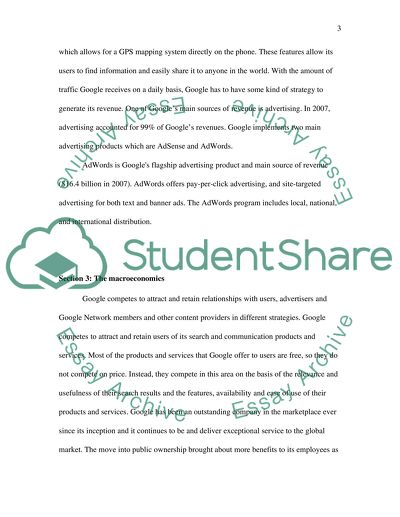Cite this document
(“Google Stock Term Paper Example | Topics and Well Written Essays - 2750 words”, n.d.)
Retrieved from https://studentshare.org/miscellaneous/1506532-google-stock
Retrieved from https://studentshare.org/miscellaneous/1506532-google-stock
(Google Stock Term Paper Example | Topics and Well Written Essays - 2750 Words)
https://studentshare.org/miscellaneous/1506532-google-stock.
https://studentshare.org/miscellaneous/1506532-google-stock.
“Google Stock Term Paper Example | Topics and Well Written Essays - 2750 Words”, n.d. https://studentshare.org/miscellaneous/1506532-google-stock.


